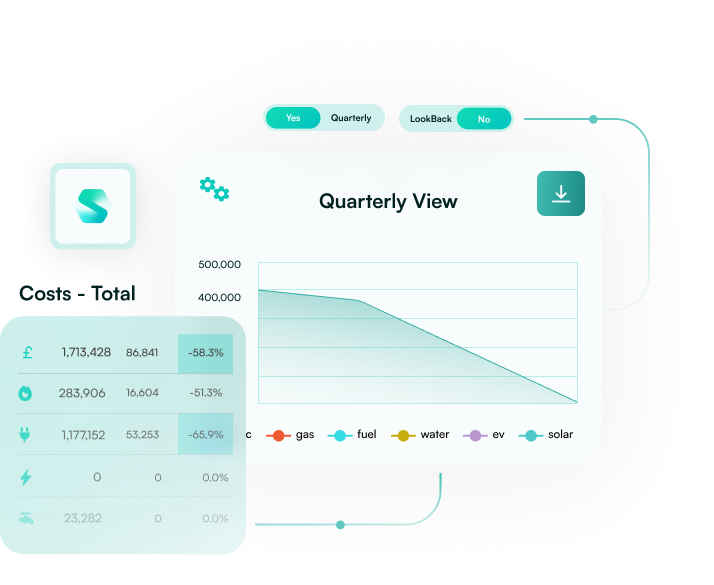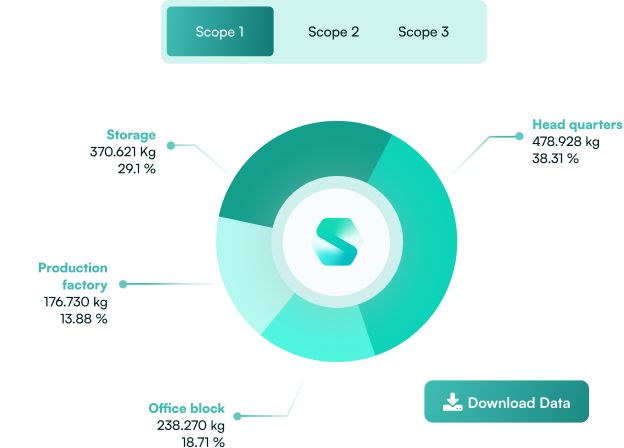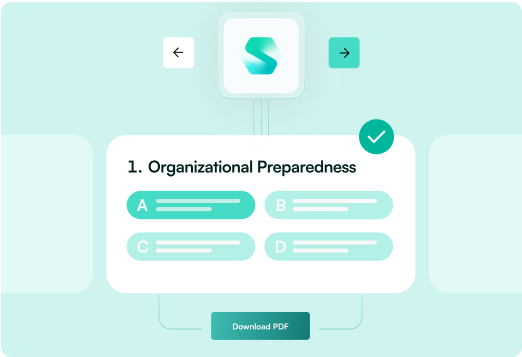Susneo AI decarbonisation
Beyond measurement, Susneo AI Decarbonisation offers a suite of validated and approved pathways to help your organization drastically reduce its carbon footprint. Our AI-powered recommendations are built on industry-leading research and best practices, ensuring you have the most up-to-date and effective options for decarbonization.
Regulatory & Reporting Frameworks
Beyond measurement, Susneo AI Decarbonisation offers a suite of validated and approved pathways to help your organization drastically reduce its carbon footprint. Our AI-powered recommendations are built on industry-leading research and best practices, ensuring you have the most up-to-date and effective options for decarbonization.
Examples of Outputs
Beyond measurement, Susneo AI Decarbonisation offers a suite of validated and approved pathways to help your organization drastically reduce its carbon footprint. Our AI-powered recommendations are built on industry-leading research and best practices, ensuring you have the most up-to-date and effective options for decarbonization.
Ongoing Support & Strategy
Beyond measurement, Susneo AI Decarbonisation offers a suite of validated and approved pathways to help your organization drastically reduce its carbon footprint. Our AI-powered recommendations are built on industry-leading research and best practices, ensuring you have the most up-to-date and effective options for decarbonization.




 Food
Food Manufacturing
Manufacturing Transport and Logistics
Transport and Logistics Hospitality and Hotels
Hospitality and Hotels Chemicals and Laboratories
Chemicals and Laboratories Auto Dealerships
Auto Dealerships Renewable Energy
Renewable Energy Education
Education





